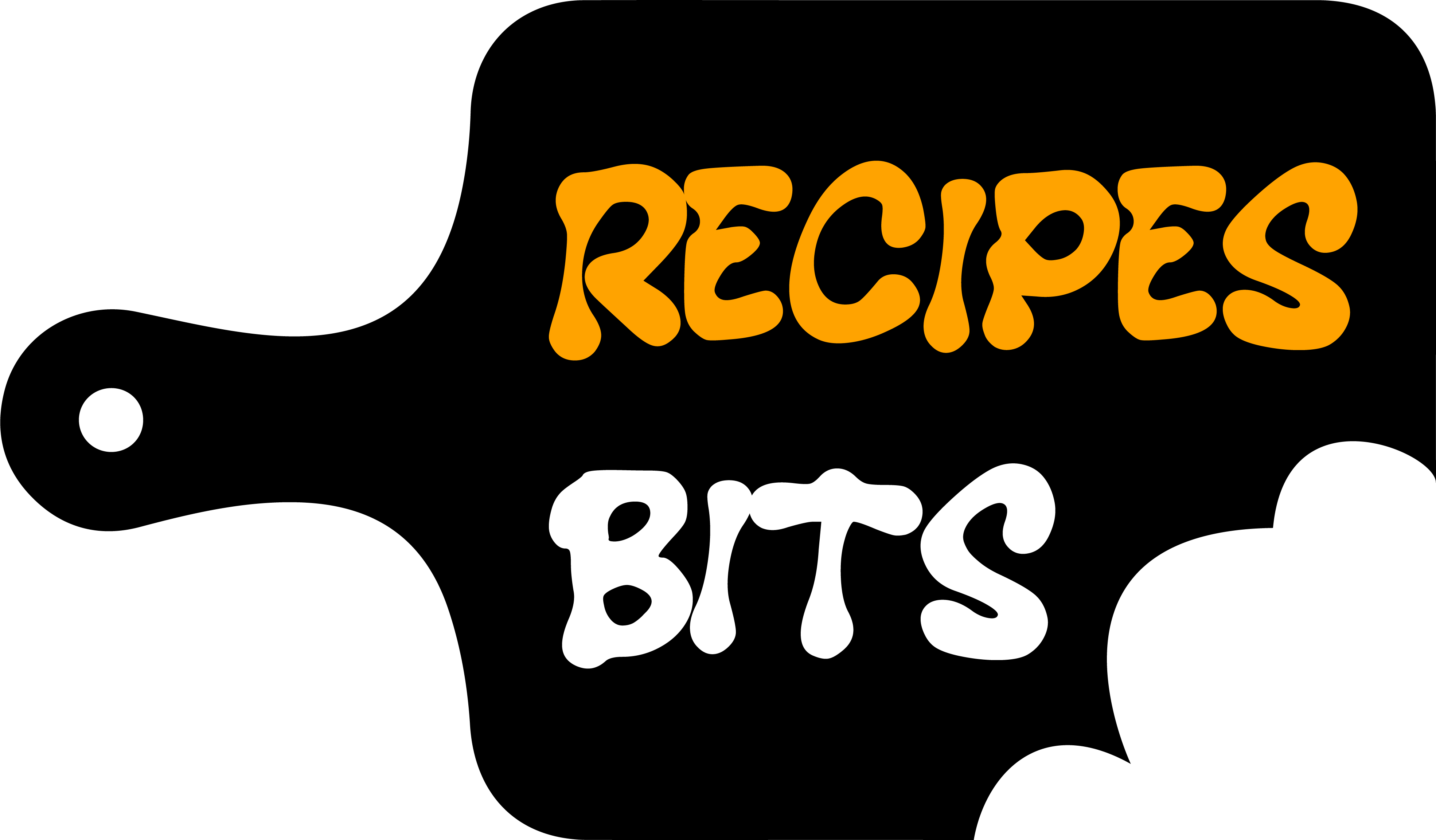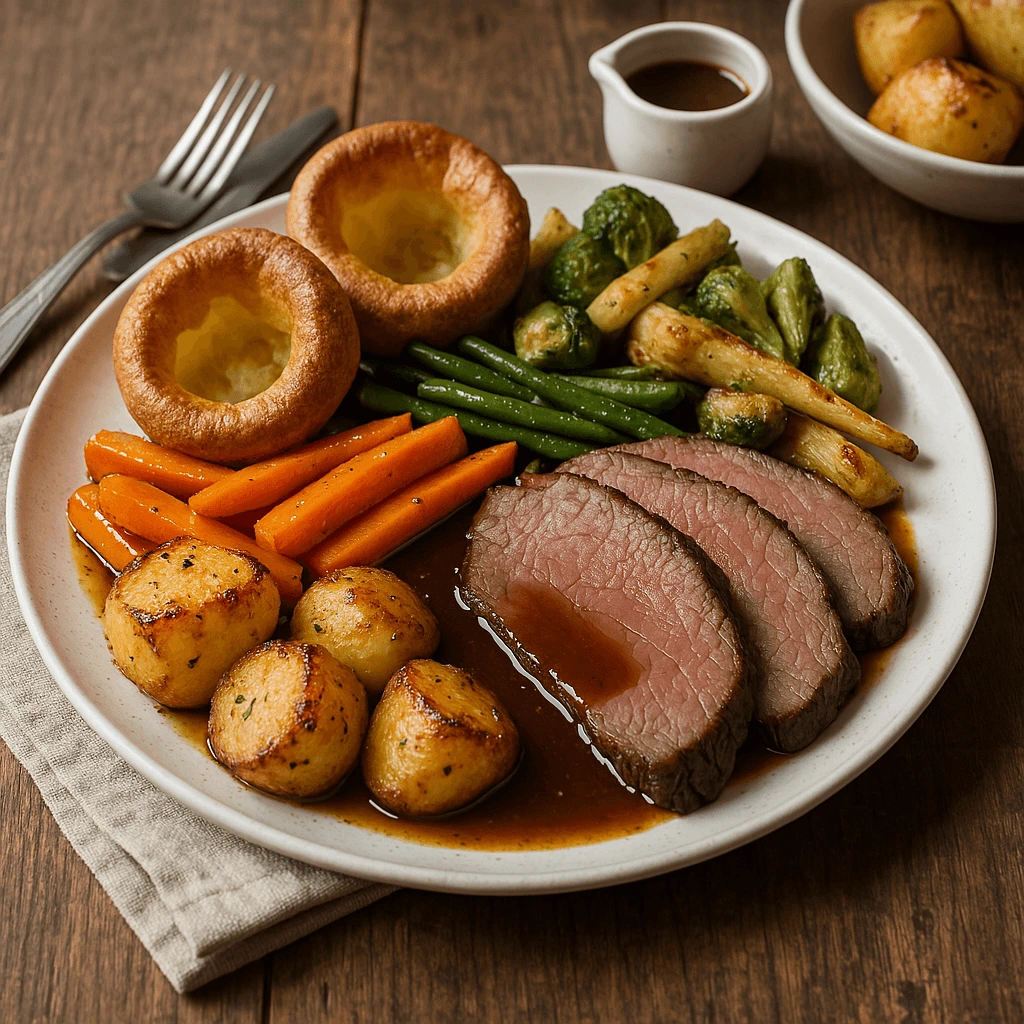There’s something timeless and comforting about a perfect roast lunch—a meal that brings warmth, flavor, and tradition to the table. Whether it’s a leisurely Sunday with the family or a festive gathering with friends, roast lunches bring warmth, flavor, and tradition to the table. In this guide, you’ll find everything you need to create the perfect roast lunch—from choosing the right meat to preparing irresistible sides and mastering your timing.
1. What Makes a Roast Lunch So Special?
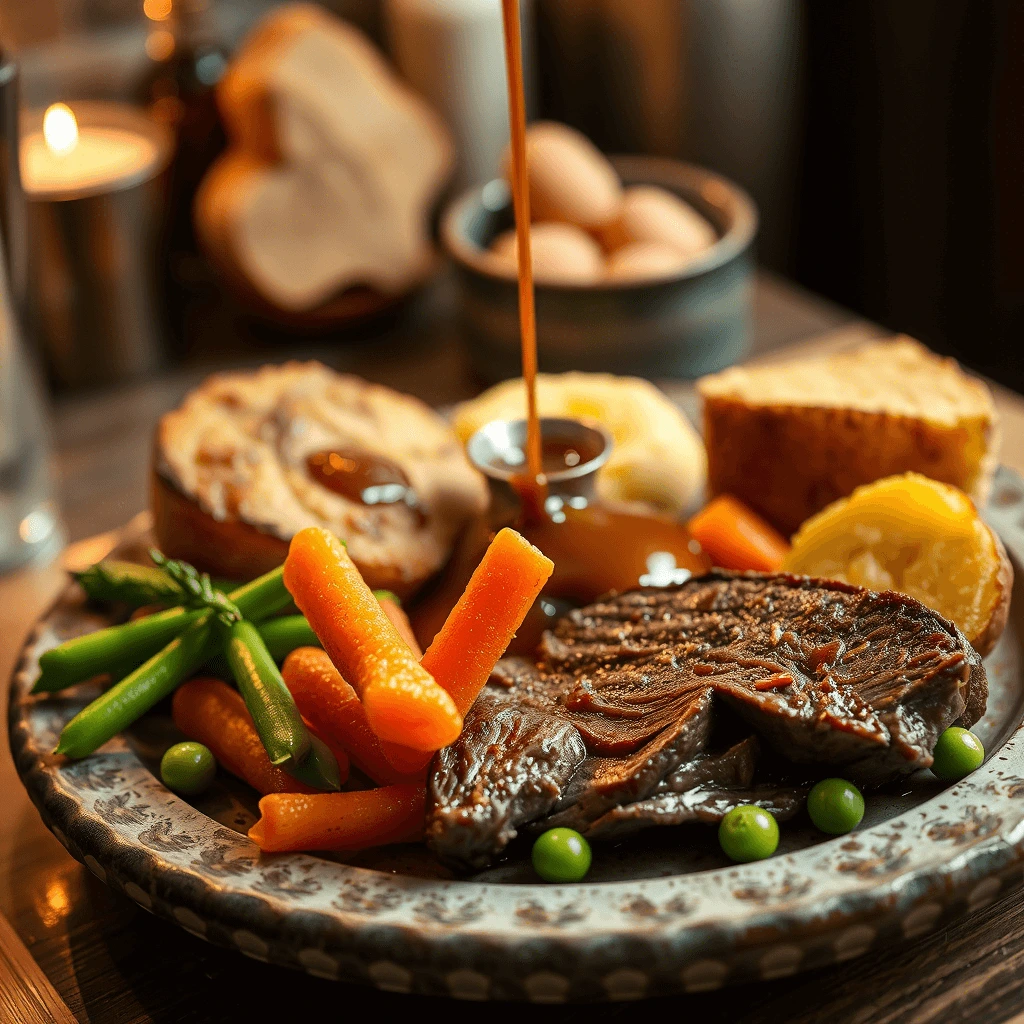
The Tradition of the Sunday Roast
The roast lunch, particularly the Sunday roast, is a beloved tradition in many countries—especially in the UK. It originated as a hearty midday meal served after church, often centered around roasted meat and seasonal vegetables. Over time, it became a weekly ritual, bringing families together around the table.
What Is Typically Included in a Roast Lunch?
A traditional roast lunch usually includes:
- A roasted meat such as beef, chicken, lamb, or turkey
- Crispy roast potatoes
- Oven-roasted vegetables like carrots, parsnips, and Brussels sprouts
- Yorkshire pudding and stuffing
- Rich homemade gravy
Each component plays a key role in creating a balanced and satisfying meal.
Roast Lunch vs. Roast Dinner: Is There a Difference?
While both terms are often used interchangeably, some regions distinguish them by time. A roast lunch is typically served earlier in the day, while roast dinner may be an evening version of the same meal. The dishes remain largely the same, and the joy is always in the flavor and company.
2. Choosing the Right Meat for the Perfect Roast Lunch
Roast Beef, Chicken, Lamb or Turkey?
When it comes to choosing the right roast meat, the options can be overwhelming. Whether you go for beef, chicken, lamb, or turkey, each meat offers a different experience. For beef, cuts like sirloin and ribeye are ideal for roasting. If you’re looking for tips on getting the perfect roast beef, BBC Good Food provides in-depth advice on roasting different types of meats. Check out their full guide here.
Each meat brings its own unique flair to the table:
- Beef is rich and flavorful—ideal for a classic roast.
- Chicken is versatile and affordable, perfect for family meals.
- Lamb has a distinctive taste, often paired with rosemary or mint.
- Turkey is great for larger gatherings and holidays.
Choose based on your taste, the season, and the occasion.
How to Choose Quality Cuts
- For beef, look for sirloin, ribeye, or topside with good marbling.
- For chicken, opt for a free-range whole bird for the best flavor.
- For lamb, a leg or shoulder roast works beautifully.
- Always check for freshness and ethical sourcing if possible.
Meat Prep Tips: Marinating, Seasoning & Resting
- Marinate tougher cuts overnight for added tenderness.
- Season simply with salt, pepper, garlic, and herbs like rosemary and thyme.
- After roasting, let the meat rest for at least 10–15 minutes to retain its juices.
3. Must-Have Side Dishes for a Complete Roast Lunch
Crispy Roast Potatoes: The Gold Standard
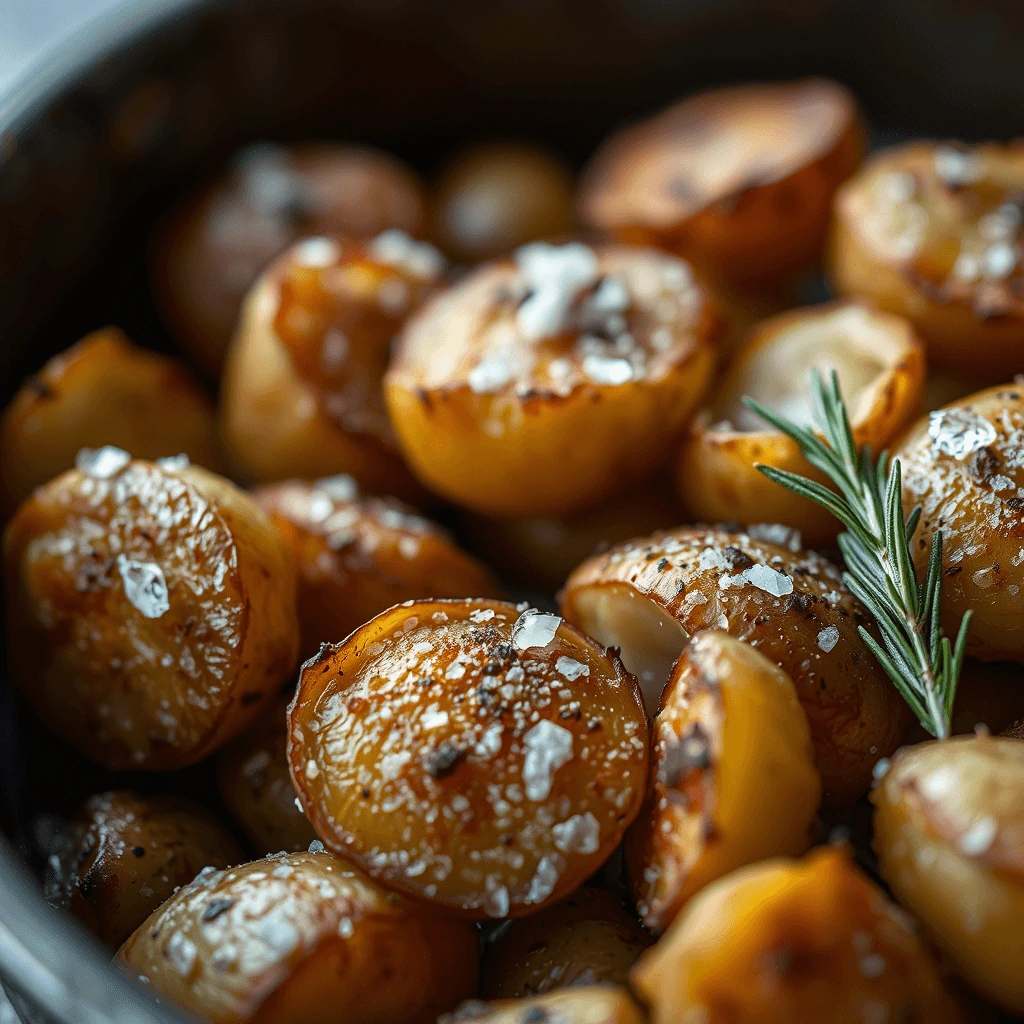
The key to crispy roast potatoes lies in:
- Parboiling first, then roughing up the edges
- Roasting in hot olive oil or goose fat
- Seasoning with sea salt, garlic, and rosemary
Golden, crispy perfection awaits.
Yorkshire Pudding & Stuffing Essentials
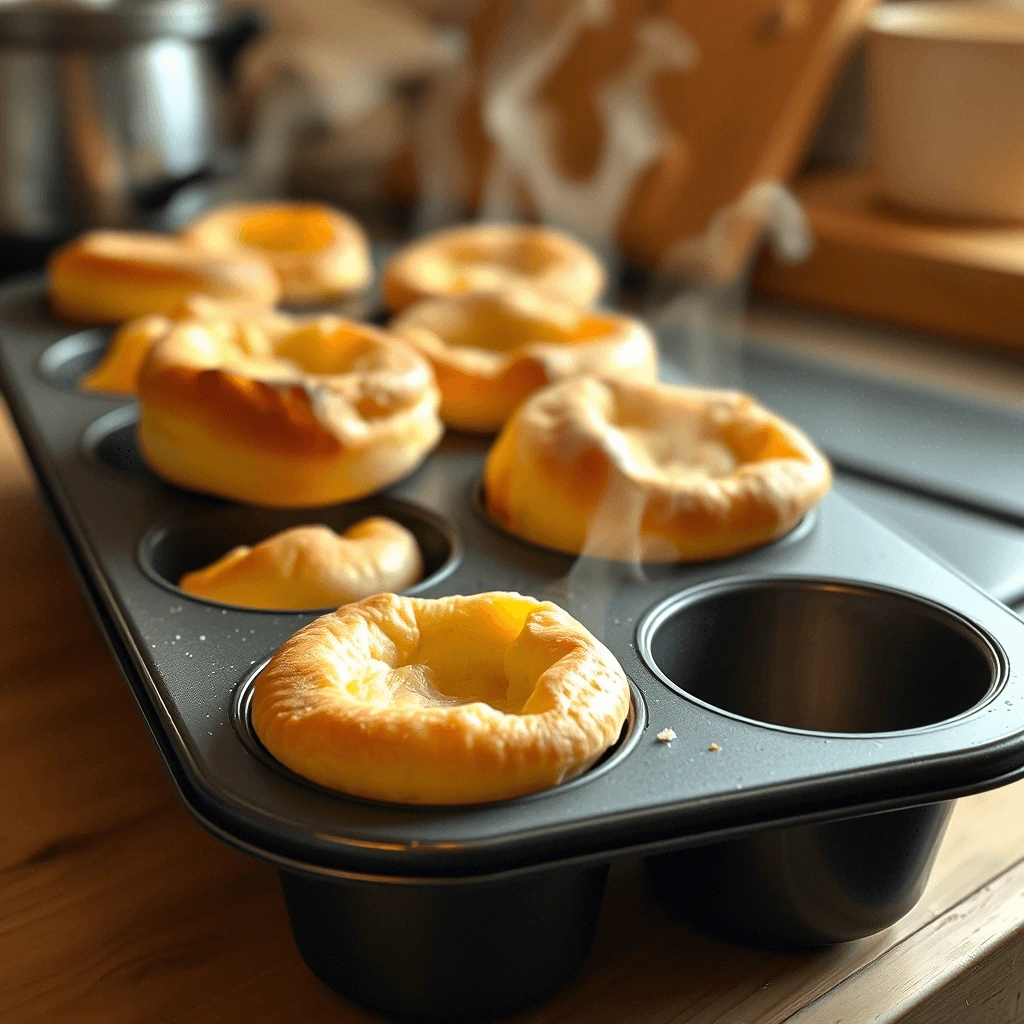
- Yorkshire puddings are light and airy, best served with beef.
- Stuffing adds depth—try sage and onion or sausage-based varieties.
Bake these in advance or alongside your roast.
Oven-Roasted Vegetables That Shine
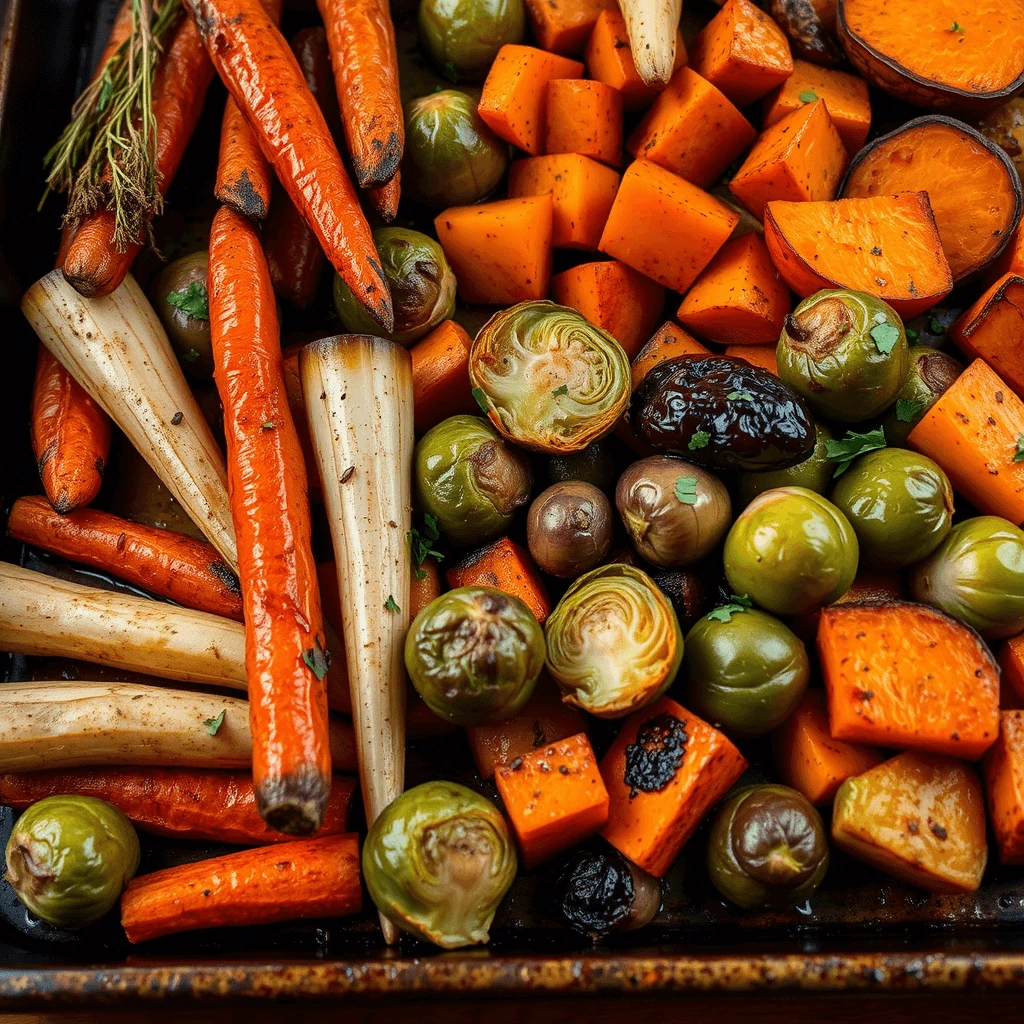
Balance the richness of meat with colorful veggies:
- Carrots, parsnips, and Brussels sprouts
- Toss with oil, salt, pepper, and a touch of honey or balsamic
Homemade Gravy That Ties It All Together
Use pan drippings, flour, and stock to make rich, flavorful gravy. Add a splash of red wine or herbs for extra depth. It’s the finishing touch that brings the whole roast together.
4. Timing & Cooking Tips for Roast Lunch Success
Coordinating Cooking Times for Multiple Dishes
To serve everything hot and on time:
- Start with the meat (as it takes the longest)
- Roast potatoes and vegetables in the same oven later
- Prepare Yorkshire puddings and gravy last for freshness
A simple timeline or checklist can keep you on track.
Ideal Oven Temperatures for Different Meats
- Beef: 220°C/430°F (start), then lower to 180°C/350°F
- Chicken: 190°C/375°F
- Lamb: 180–200°C/350–390°F
- Turkey: 170°C/340°F
Use a meat thermometer to ensure doneness without overcooking:
- Beef (medium-rare): 57°C/135°F
- Chicken: 75°C/165°F
- Lamb (medium): 65°C/150°F
Basting & Resting for Maximum Flavor
- Baste every 20–30 minutes for a juicy, golden exterior.
- Rest the meat, covered, after cooking to lock in moisture.
With the right prep and timing, you’ll serve a perfect roast lunch that’s hot, flavorful, and beautifully presented.
5. Roast Lunch Ideas, Variations & Leftover Tips
Quick & Easy Roast Lunch for Busy Weekdays
Pressed for time? Try:
- Sheet pan roasts with chicken thighs and veggies
- Pre-seasoned cuts from your butcher or market
- Microwave-steamed veggies for speed
Healthy Roast Lunch Options
- Use lean meats like turkey or chicken breast
- Replace butter with olive oil
- Load your plate with vegetables and lighter sides
Creative Ways to Use Leftovers
Don’t let delicious roast go to waste! Try:
- Roast beef or chicken sandwiches
- Leftover hash or shepherd’s pie
- Add to soups, salads, or wraps
Sample Roast Lunch Menu & Meal Planner
Example Menu (serves 4–6):
- Herb-roasted chicken
- Garlic and rosemary roast potatoes
- Glazed carrots and parsnips
- Sage stuffing
- Yorkshire puddings
- Homemade gravy
Create a printable roast lunch planner to make future meals stress-free!
✅ Final Thoughts
A roast lunch is more than just a meal—it’s a moment of togetherness, comfort, and celebration. With the right planning, ingredients, and timing, you can make every roast lunch a delicious success. Use this guide as your go-to resource for everything from classic recipes to creative twists.
